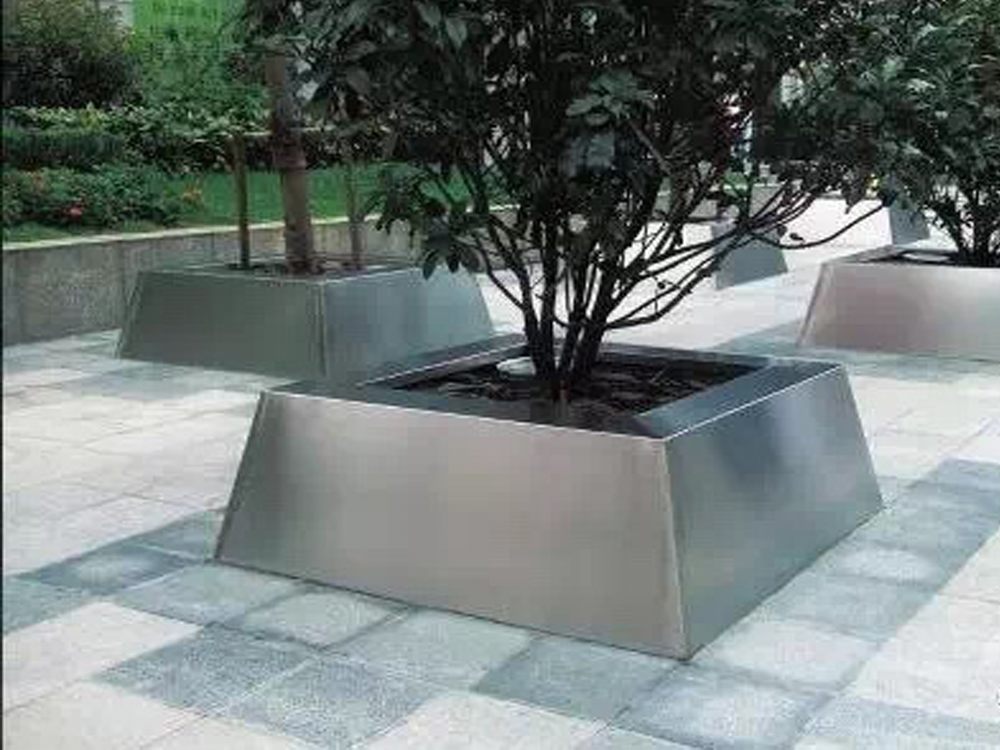
Bronze sculptures, prized for their beauty and historical significance, are highly vulnerable to environmental pollution. Pollutants like sulfur dioxide, nitrogen oxides, and particulate matter can accelerate corrosion, leading to irreversible damage. To safeguard these artworks, several conservation techniques have proven effective.
1. Regular Cleaning: Gentle cleaning with soft brushes and pH-neutral solutions removes surface contaminants without harming the patina. Avoid abrasive methods that could scratch the metal.
2. Protective Coatings: Applying microcrystalline wax or specialized lacquers creates a barrier against pollutants. These coatings must be reapplied periodically to maintain effectiveness.
3. Environmental Controls: Displaying sculptures indoors or under protective shelters reduces exposure. For outdoor pieces, consider relocating them to less polluted areas or installing air filtration systems nearby.
4. Corrosion Inhibitors: Chemical treatments like benzotriazole can slow oxidation. These should be used cautiously and under professional supervision.
5. Monitoring and Maintenance: Regular inspections help detect early signs of damage. Infrared imaging and X-ray analysis can identify hidden corrosion.
By combining these methods, conservators can significantly extend the lifespan of bronze sculptures, preserving their cultural and artistic value for future generations. Proactive care is essential in urban or industrial environments where pollution levels are high.

